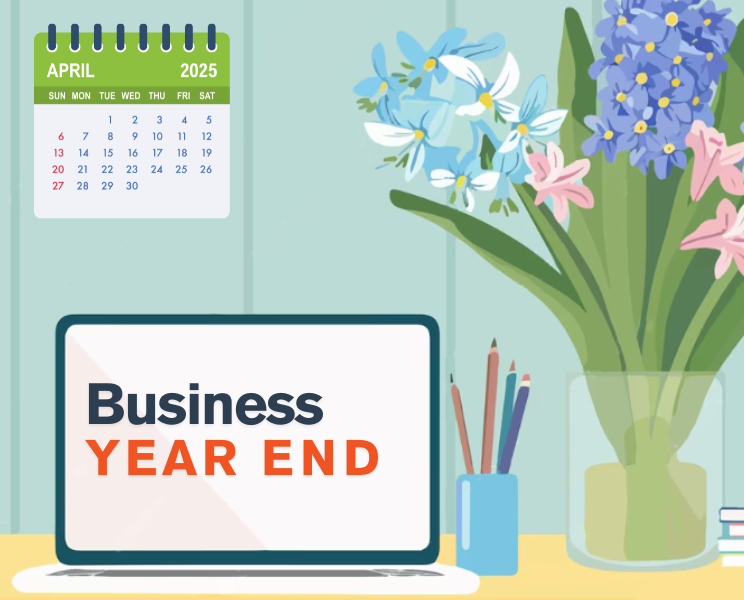How can I fund my business?
There’s no doubt that the cheapest way of funding your business to start off with is through personal savings, although you will need to make sure that you have enough to cover a worst-case scenario. The number one cause of business failure is cash flow problems. Even if your business is profitable you need to ensure that it has enough cash to fund day-to-day operations.
However, if you don’t have sufficient savings or if you are trying to grow the business quickly, you may find that you need to raise funds from external sources in the short to medium term. In this briefing we consider some of the ways you can raise external funding and, in particular, two schemes which can help to attract investors to your business – the Enterprise Investment Scheme and Seed Enterprise Investment Scheme.
What options do I have for raising funds?
Finance options which may be available to you include:
- Bank loans
- Venture capital investment
- Crowdfunding
- Peer to peer lending
To secure external funding you’ll need to draw up a detailed business plan which sets out both your financial and operational strategy for the medium to long term. Crowdfunding (raising relatively small amounts of money from a large number of individuals, often in return for some form of reward/incentive such as a large discount on your product) is becoming increasingly popular. Some of the more established crowdfunding sites include Kickstarter, Crowdcube and Seedrs.com. If you are considering going down this route, take a look at the Chadvice section of our website for our paper “Kickstarter: the tax implications of crowdfunding”.
I’ve heard about the enterprise investment scheme, how could that help me?
The Enterprise Investment Scheme (“EIS”) and the Seed Enterprise Investment Scheme (“SEIS”) help smaller and higher risk trading companies raise finance by offering a range of tax reliefs to investors who purchase new shares in these companies.
SEIS and EIS are very similar, but SEIS recognises the unique difficulties that very early stage companies face in attracting investment. As such it offers tax relief at a higher rate (50%) than EIS (30%).
Put simply, EIS and SEIS make investing in your business more appealing. Not only do they give immediate tax relief for investors, they also minimise the risk the investor has of losing their money.
As for the business, if it qualifies for EIS or SEIS then it makes you a more attractive proposition than a business that does not qualify for relief.
What are the benefits for investors?
Income tax relief
Income tax relief is the main benefit – 50% for SEIS and 30% for EIS. It is important to note that these are tax credits – a reduction against your income tax liability (which you’ll need to have in the first place). It’s also good to know that you can carry this back and offset it against your tax bill from the previous year.
Capital gains tax exemption
Say you invest £10,000. You get £5,000 back as tax relief under SEIS or £3,000 under EIS. The business does very well and you sell your shares for £20,000. Under SEIS and EIS you won’t have to pay capital gains tax on the profit you make.
Losses relief
Again you invest £10,000. You get £5,000 back as tax relief under SEIS or £3,000 under EIS. But the company does badly and goes out of business. Normally this would be a capital loss and you’d only be able to set it against other capital gains. As an SEIS/EIS investment, you can set the loss against your general income.
So if you’re a 40% taxpayer, you save 40% tax on the amount that you’ve lost and your total cash loss (and the risk of your initial investment) has been reduced.
How do I know if my company qualifies for EIS/SEIS?
The majority of small businesses will qualify if they are carrying out a qualifying trade and have a “permanent establishment” (e.g. an office or other place of business) in the UK. The company cannot be listed on a recognised stock exchange, must not be in financial difficulty and must have fewer than 250 employees (for EIS, fewer than 25 for SEIS) at the time the shares are issued. The company must also have gross assets of less than £200,000 for SEIS and £15m for EIS.
For SEIS, the company’s trade must be less than 2 years old and for EIS the trade must generally be less than 7 years old. There are different criteria for companies which qualify as “knowledge intensive” companies.
Companies can raise up to £150,000 in total under SEIS and up to £5m each year under EIS (up to a maximum of £12m in the company’s lifetime).
There are some restrictions on the type of trade that can be carried out (for example property development and financial trades do not qualify) but most small businesses should be able to apply. The funds raised must be used for the growth and development of the business and cannot be used to acquire another business.
For the investor: The investor has to qualify for relief as well. The main point to consider is that the investor cannot be connected to the company – broadly this means that they cannot be a director or employee of the company (or a relative of a director/employee) and they cannot own more than 30% of the company. The maximum investment that can qualify under SEIS is £100,000 per annum. For EIS the limit is £1m.
The shares that you offer, and that an investor buys, also need to qualify. They have to be shares that carry the same risk as any other shares. So you can’t issue shares that have a guaranteed return on them, for example, as they wouldn’t qualify.
How can I apply for EIS/SEIS?
We can advise you on whether your business qualifies for EIS/SEIS and, if so, help you market the benefits to your potential investors and make the application. We can also help you to get advance assurance from HMRC that the company will qualify – something which potential investors will often ask to see.



